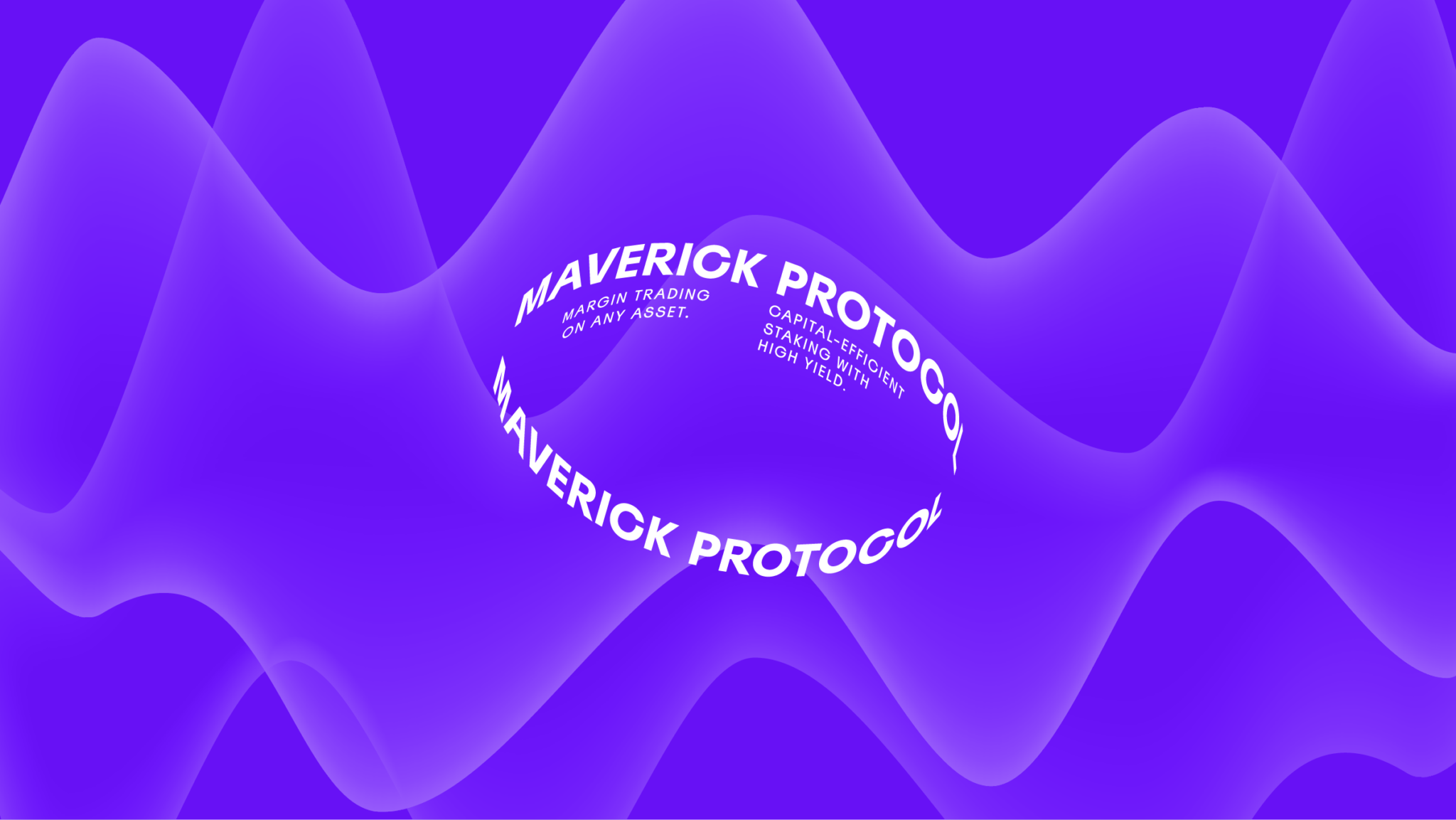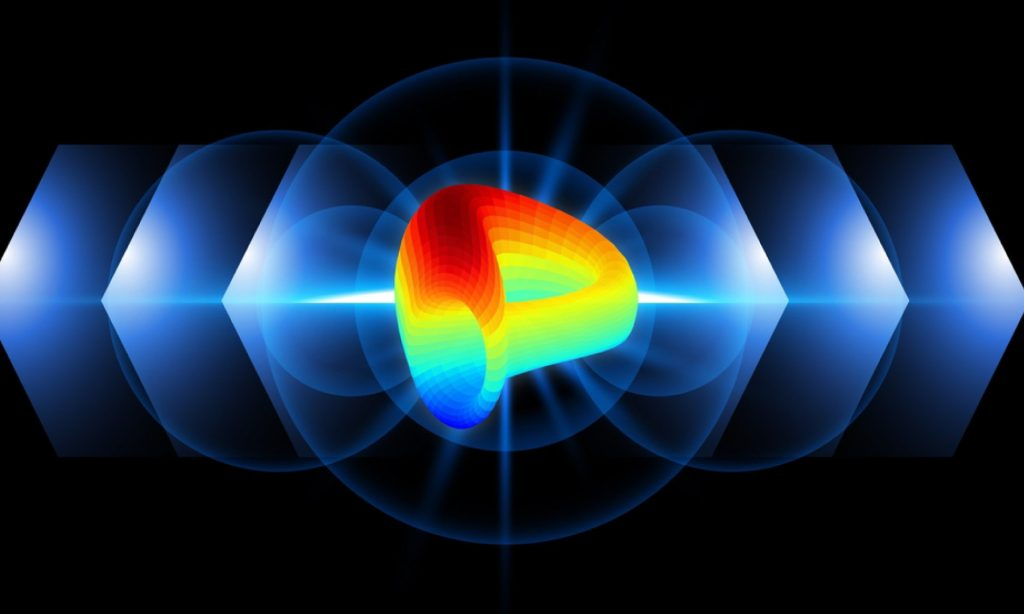LSDfi’s rise can be attributed to the increasing use of collateralized ETH and its promising potential in a market that is still in its infancy. Currently, the Total Value Locked (TVL) in LSDfi protocols constitutes just under 5% of the total DeFi market, showcasing room for exponential growth and adoption.
Today, Coincu will introduce four of the top potential DEXes (Decentralized Exchanges) that are spearheading the LSDfi field.
Curve Finance
Curve Finance, a decentralized exchange (DEX) based on the Automated Market Maker Engine (AMM) running on Ethereum, has been a leading player in the stablecoin automated market maker space for several years. Known for its efficient swapping between stablecoins with low costs and minimal slippage, Curve Finance continues to evolve and innovate. The latest addition to their impressive array of offerings is their native stablecoin, crvUSD.
As one of the pioneering DeFi protocols, Curve Finance has maintained its position at the forefront of the DeFi space. Its unique AMM model, which relies on a pricing algorithm rather than an order book, has enabled seamless token swapping within similar price ranges. This feature has been especially valuable for users seeking to exchange various encrypted versions of Bitcoin like WBTC, renBTC, and sBTC.
The platform currently offers multiple active pools for swapping between stablecoins and other assets, though the available pools may change based on market demands. Some of the stablecoins supported include USDT, USDC, DAI, BUSD, TUSD, and sUSD. Notably, the 3CRV group comprises DAI, USDT, and USDC.
Curve Finance also accommodates timed self-yielding tokens, such as Yearn Finance tokens, in pools like yDAI, yUSDT, yUSDC, and yTUSD. Users who participate in these pools receive swaps and gas fees generated not only by the Curve team but also from the underlying self-generating tokens.
Liquidity providers play a crucial role within the platform, earning a share of transaction fees from different pools. Furthermore, lending pools incorporate various DeFi protocols that offer higher interest rates to liquidity providers. With its sights set on decentralization, Curve Finance is planning to introduce a Decentralized Autonomous Organization (DAO) governed by the CRV token for voting rights.

The recent launch of crvUSD marks a significant step forward for the platform. This collateralized debt position (CDP) stablecoin is designed to accept ETH LSDs as collateral. While currently limited to Frax Staked Ether (sfrxETH) as collateral, Curve Finance intends to expand the range of supported collateral types to include stETH in the future.
What sets crvUSD apart is its innovative liquidation model, aptly named the Lending Liquidation AMM Algorithm (LLAMA). When the value of a borrower’s collateral starts to decline, LLAMA initiates a “soft liquidation” process. This process gradually liquidates a portion of the collateral into crvUSD as its value decreases. As the value of the collateral rebounds, the crvUSD automatically converts back into the original collateral asset.
The LLAMA mechanism addresses the shortcomings of the conventional full liquidation approach, where the entire collateral amount is liquidated at once. With LLAMA’s gradual liquidation process, losses are minimized, providing borrowers with more favorable outcomes. This approach also avoids situations where borrowers are left with stablecoins instead of their original collateral asset, which often happens with traditional lending protocols during rapid market fluctuations.
However, it is essential to recognize that LLAMA has its limitations. Repeated swapping in and out of the collateral asset may lead to losses. Additionally, during “soft liquidation,” users are unable to add or withdraw funds until the liquidation process is completed, posing some risk to users who may have to wait for full liquidation or choose to liquidate their position manually.
Despite these limitations, Curve Finance’s crvUSD represents a significant advancement in stablecoin swapping and DeFi protocols. The platform’s commitment to innovation reaffirms its position as a trailblazer in the DeFi industry. As the DeFi landscape continues to evolve, Curve Finance remains dedicated to pushing the boundaries and driving positive change within the ecosystem.
Maverick Protocol
Maverick Protocol (MAV) has emerged as a formidable AMM DEX project on Binance Launchpool, captivating the attention of investors with its groundbreaking Concentrated Liquidity Market Maker (CLMM) feature. In just over four months since its inception, the platform has showcased impressive fee revenue figures, solidifying its position as a serious contender in the DeFi landscape.
At the core of Maverick Protocol lies its native cryptocurrency, MAV coin, which serves as the backbone of the AMM DEX platform. Utilizing Directional LPing, the platform aims to provide liquidity providers with unparalleled rates, empowering them to efficiently manage liquidity positions and maximize profits from trading fees.
Distinguishing itself from conventional AMM protocols, Maverick Protocol leverages the game-changing CLMM mechanism, offering liquidity providers an advanced approach to capital efficiency. The CLMM feature allows users to automatically concentrate liquidity during periods of price fluctuations, eliminating the need for manual adjustments and the potential misallocation of assets.
In contrast to traditional AMM mechanisms, which place the responsibility of moving liquidity solely on users, the innovative CLMM feature revolutionizes liquidity provision. Liquidity providers on Maverick Protocol can select from various liquidity modifiers, enabling automated monitoring of prices and centralized liquidity adjustments. This significantly improves capital efficiency, fostering more liquid markets that benefit both traders with better prices and liquidity providers with increased fees.
Furthermore, Maverick Protocol allows liquidity providers to wager on price direction during the fee collection process, introducing an additional layer of flexibility. LPs are presented with two critical choices: selecting the desired price range for liquidity provision and determining how their liquidity will respond to changing market prices.
The platform’s support for Liquid Staking Tokens (LST) further enhances its appeal, providing native LST integration along with seamless compatibility with numerous other protocols. Additionally, the project boasts a comprehensive roadmap with plans to expand its reach across multiple blockchains, underscoring its commitment to growth and scalability.

As Maverick Protocol embraces its role as the 33rd project on Binance Launchpool, the DeFi community recognizes its potential to disrupt the decentralized finance landscape. The implementation of CLMM sets the project apart, addressing the limitations of conventional AMM protocols and advancing the efficiency of liquidity provision.
With the successful update of Ethereum Shanghai, LSD initiatives are gaining traction, and protocols like as the Maverick Protocol are becoming more effective. If CLMM is a step forward for liquidity providers, Maverick is far more sophisticated and eliminates most of CLMM’s current drawbacks. As a result, I strongly value this initiative and feel it has the potential to grow even further in the future.
Looking ahead, Maverick Protocol envisions a future as a community-owned decentralized platform, gradually transferring control to its users through its well-designed roadmap. While still a relatively young project, the platform’s commitment to innovation, capital efficiency, and community involvement positions it as a key player in the future of DeFi.
In conclusion, Maverick Protocol’s integration of CLMM marks a significant milestone in the evolution of decentralized finance. As it continues to garner support from investors and enthusiasts, the platform’s dedication to optimizing liquidity provision and fostering community engagement reinforces its potential to shape the future of AMM DEX platforms.
Uniswap
Unlike traditional exchange markets that rely on order books, Uniswap provides a unique trading solution between ERC-20 tokens through its innovative AMM model.
In conventional trading systems, buyers and sellers place ordered bids and asks on an order book, and transactions are executed based on these orders as demand fluctuates. This process may be familiar to those who have traded stocks through brokerage firms. However, Uniswap takes a distinct approach by leveraging AMM as an alternative to the traditional order book system.
The fundamental concept behind AMM revolves around the creation of a liquidity pool comprising two assets, both relative in value to each other. As traders exchange one asset for the other, the relative prices of these assets are adjusted, effectively establishing a new market rate for both. The key differentiator lies in the fact that traders interact directly with the liquidity pool, bypassing the need to deal with specific orders placed by other parties.

As a result of its innovative model, Uniswap has gained substantial traction and become the go-to platform for Liquid Staking Derivatives markets. A recent in-depth analysis of these markets revealed that Uniswap (V2) stands tall as the leading exchange for Liquid Staking Derivatives. The platform’s user-friendly interface, efficient liquidity provision, and seamless token swaps have contributed to its growing popularity among DeFi enthusiasts.
Currently, one of the most prominent trading pairs on Uniswap is LSD/WETH, underscoring the robust demand for liquid staking derivatives. The protocol’s ability to offer efficient and secure trading of these derivative instruments has solidified its position as a driving force in the DeFi landscape.
Balancer
At the Blockchain Summit’s DeFi track, one protocol that stole the spotlight was Balancer. This AMM protocol allows individuals to create liquidity pools, known as Liquidity Pools, for any token at custom ratios, with a maximum of 98/2. Balancer’s commitment to providing higher pledge returns and continual technical advancements has positioned it as a formidable player in the competitive DeFi space.

One area where Balancer excels is its innovative Value pooling mechanism, which sets it apart from its counterpart, Curve. This unique feature not only facilitates seamless transactions across multiple pools but also significantly reduces gas fees, offering users a superior trading experience.
With the growing popularity of LSD tokens, Balancer has emerged as a major trading front alongside Curve. The protocol’s flexibility in creating diverse liquidity pools makes it an attractive choice for traders seeking optimized trading strategies in the DeFi market.
DISCLAIMER: The information on this website is provided as general market commentary and does not constitute investment advice. We encourage you to do your research before investing.



 IS Bitcoin’s Blow-Off Top ALMOST HERE
IS Bitcoin’s Blow-Off Top ALMOST HERE 

 Top 15 FIRE Stories of the Week
Top 15 FIRE Stories of the Week 